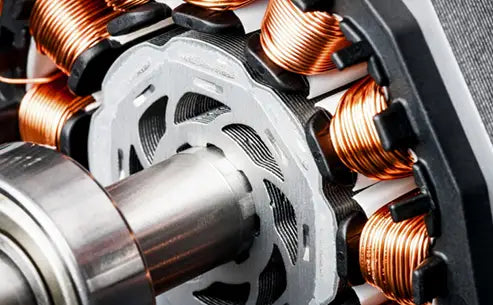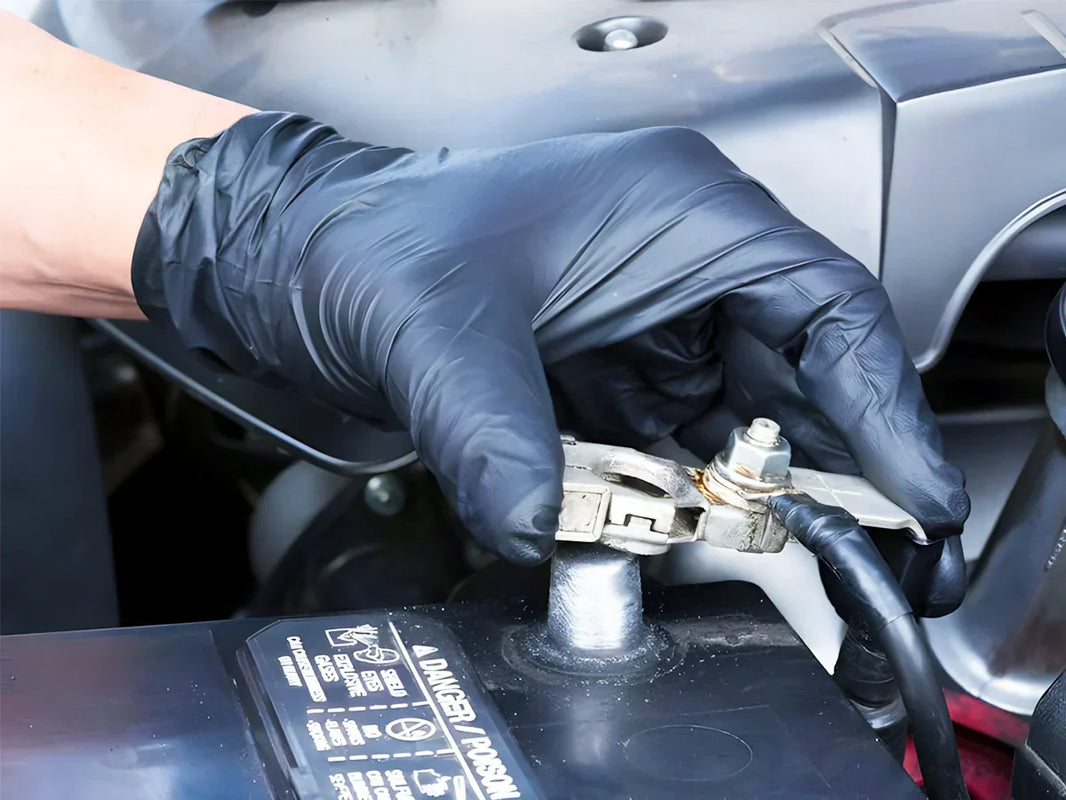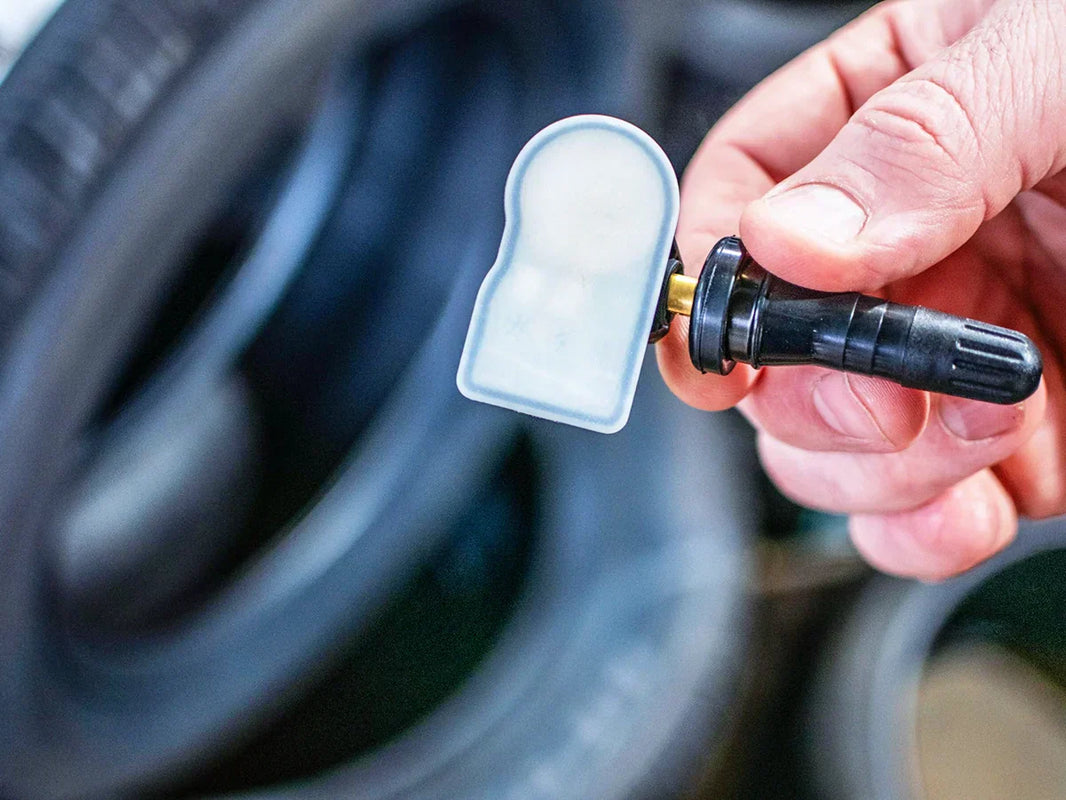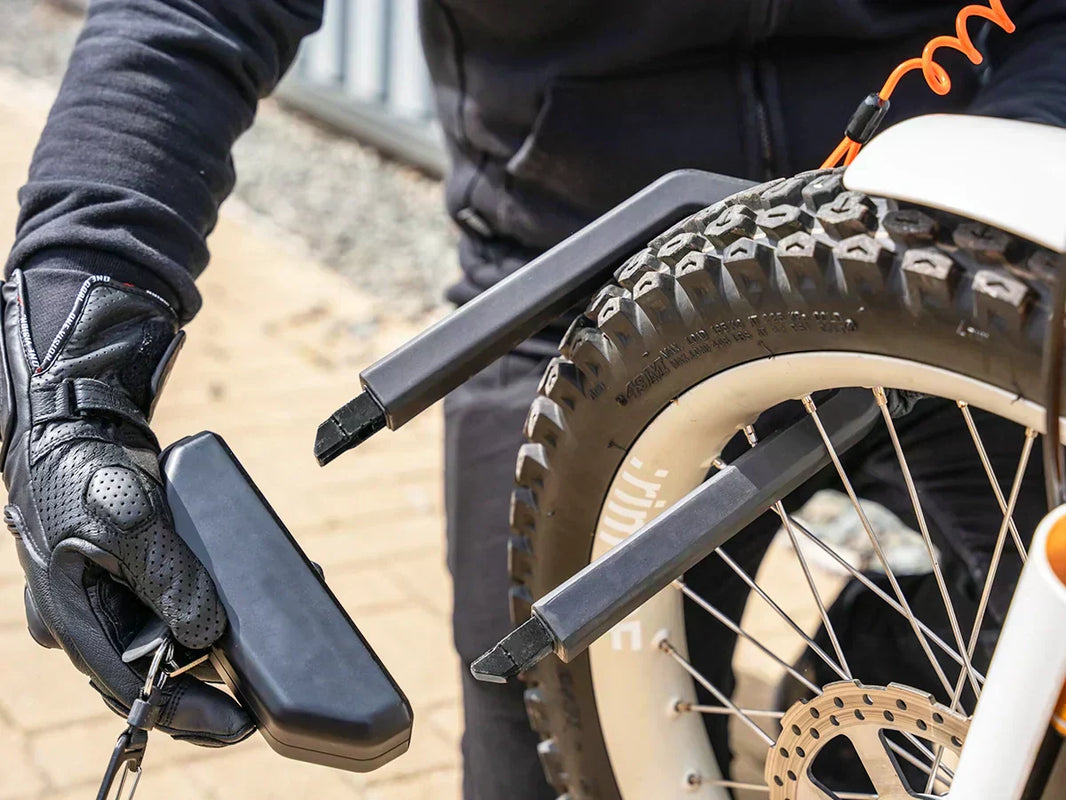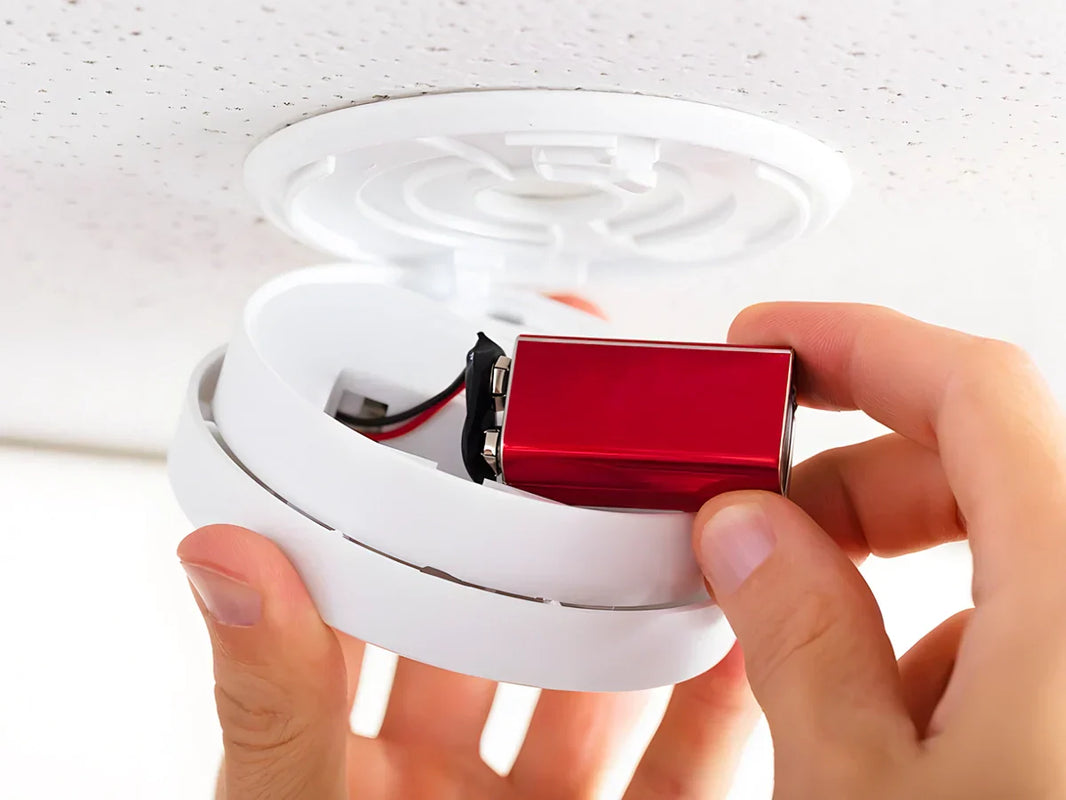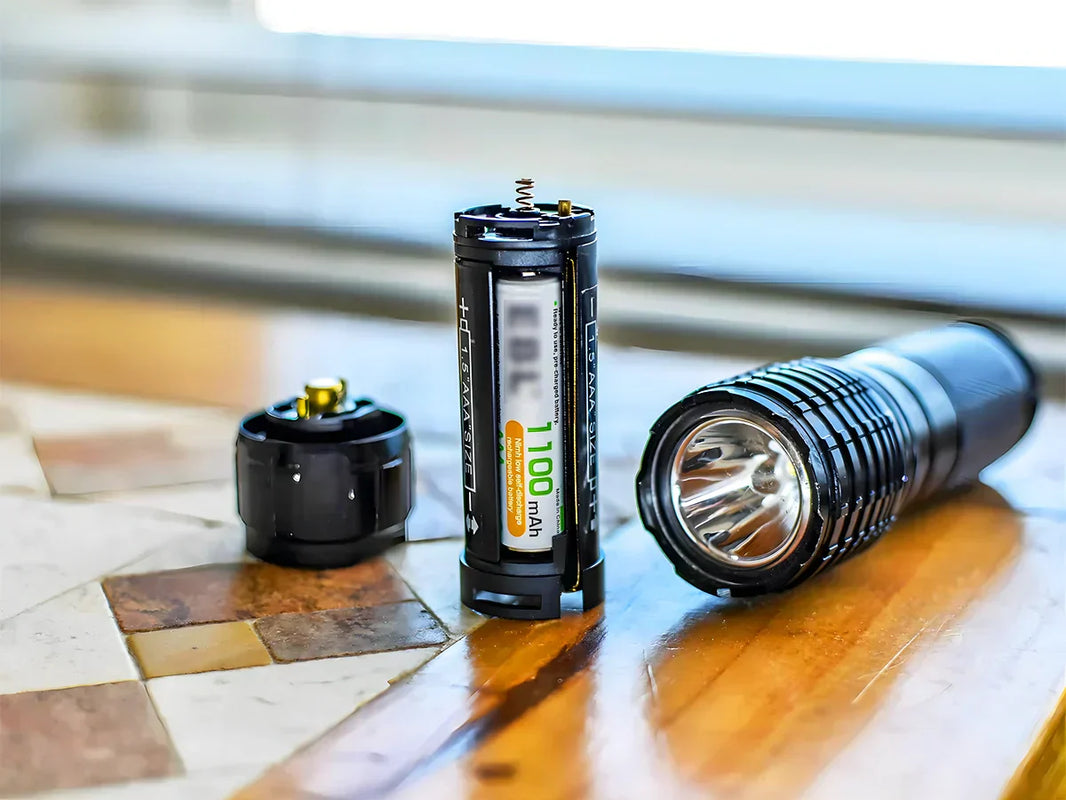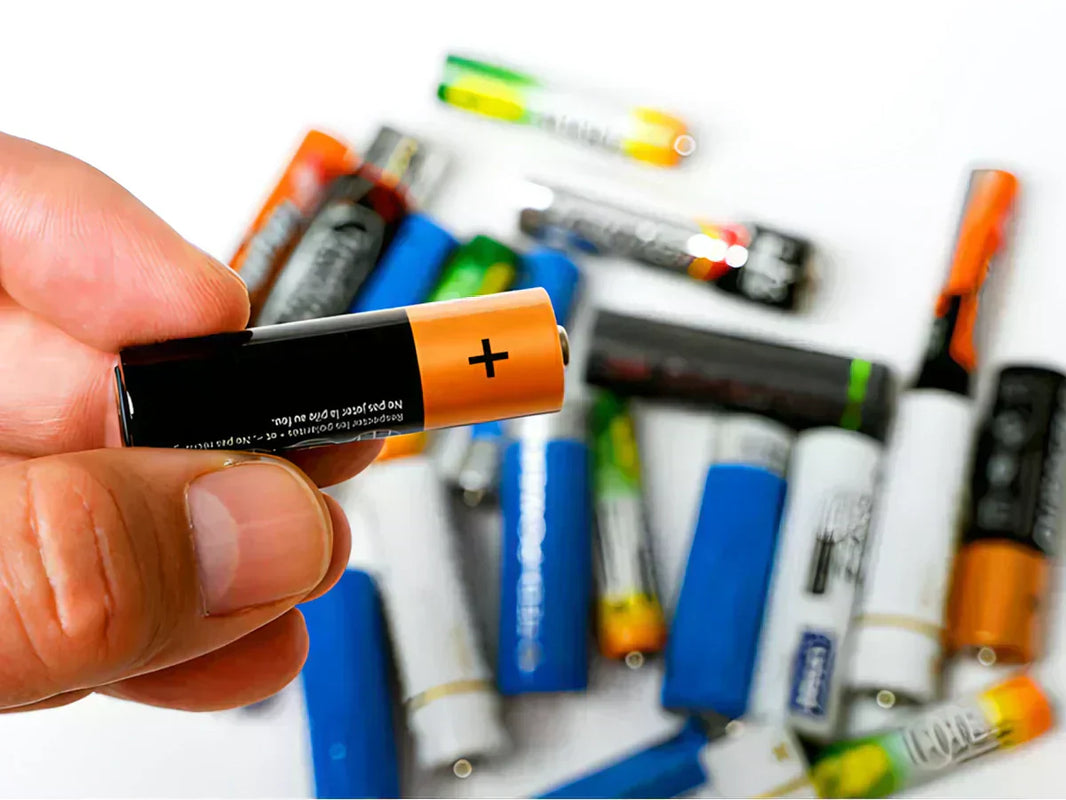
Main content:
- 1. Structure of brushless doubly-fed asynchronous generator
- 2. The principle of using brushless double-fed asynchronous generator to realize variable speed constant frequency power generation
- 3. Energy transfer relationship of brushless doubly-fed asynchronous generator
- 4. Advantages and disadvantages of brushless doubly-fed asynchronous generator
1. Structure of brushless doubly-fed asynchronous generator
The brushless doubly-fed asynchronous generator is composed of two wound three-phase asynchronous motors in structure, one is the main generator of the brushless doubly-fed asynchronous generator, and its stator winding is connected to the power grid, and the other is the brushless asynchronous generator. For the exciter of the doubly-fed asynchronous generator, the stator winding is connected to the power grid through the frequency converter, the rotors of the two asynchronous motors are coaxially connected, and the rotor windings are connected to each other on the circuit, so there are no slip rings and brushes on the rotor shaft. , the structural schematic diagram of the brushless doubly-fed asynchronous generator is shown in the figure below.

2. The principle of using brushless double-fed asynchronous generator to realize variable speed constant frequency power generation
If the rotor of the wind turbine drives the rotor of the brushless doubly-fed asynchronous generator to rotate through the speed-up gearbox, the rotational speed is ng , and when the wind speed changes, nR also changes, that is, the brushless doubly-fed asynchronous generator operates at a variable speed.
Suppose the number of pole pairs of the main generator of the brushless doubly-fed asynchronous generator is p, and the number of pole pairs of the exciter of the brushless doubly-fed asynchronous generator is pe. The stator winding of the brushless doubly-fed asynchronous generator exciter is connected to the power grid through the frequency converter. If the current frequency of the brushless doubly-fed asynchronous generator exciter stator winding input by the frequency converter is fe1
, then the brushless doubly-fed asynchronous generator exciter The rotating magnetic field ne1 generated by the stator winding is

In this way, a potential and current with a frequency of fe2 will be induced in the rotor winding of the exciter of the brushless doubly-fed asynchronous generator. If nR and ne1 turn in the opposite direction, then

Then if nR and ne1 turn the same, then

Because the rotor windings of the two motors are connected to each other on the circuit, the frequency of the current in the rotor windings of the main generator of the brushless doubly-fed asynchronous generator, f2=fe2, is

It is also known from the principle of the brushless doubly-fed asynchronous generator that the rotating magnetic field generated by the winding current of the main generator rotor of the brushless doubly-fed asynchronous generator should be relative to the rotation speed n2 of the main generator rotor itself.

Substituting equation (4) into the above equation, we have

The speed n1 of the rotating magnetic field of the main generator rotor of the brushless doubly-fed asynchronous generator relative to its stator is

In formula (5-26), when the rotation speed n2 of the rotating magnetic field of the main generator rotor of the brushless doubly-fed asynchronous generator is opposite to the direction of nR, the sign "one" should be taken; on the contrary, if n2 is opposite to the rotation direction of nR. At the same time, the number "ten" is taken, indicating that the rotor winding of the main generator of the brushless doubly-fed asynchronous generator and the rotor winding of the exciter are connected in reverse phase sequence.
In this way, the frequency f1 of the induced potential in the stator winding should be

Substitute Equation (5) for Equation (7), we can get

It can be seen from formula (8) that when the wind rotor of the wind turbine runs at a variable speed with the speed ng , the main power generation of the brushless doubly-fed asynchronous generator can be realized only by changing the frequency fe1
of the stator winding current input to the exciter by the frequency converter. The frequency of the output current of the stator winding of the machine is a constant value (that is, f1=50 Hz), that is, the variable-speed constant-frequency power generation is achieved.
3. Energy transfer relationship of brushless doubly-fed asynchronous generator
The energy transfer situation of the brushless doubly-fed asynchronous generator is different between the low wind speed operation and the high wind speed operation, which will be explained separately below.
When the brushless doubly-fed asynchronous generator runs at low wind speed, n1>nR
, ne1 and nR rotate in opposite directions, as shown in the figure (a) below, the energy transfer of the brushless doubly-fed asynchronous generator at this time is shown in the figure (b) below Show. In the figure, Pm is the input mechanical power on the motor shaft; Pe1 is the electric power input by the inverter; P1 is the electric power output by the stator winding of the main generator of the brush doubly-fed asynchronous generator (without considering the various losses of the motor and the inverter).
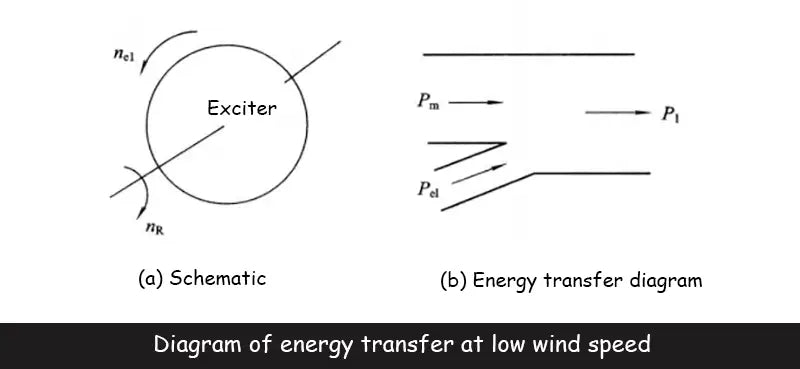
When the brush doubly-fed asynchronous generator runs at high wind speed, nR>n1, ne1 and nR rotate in opposite directions, as shown in the figure (a) below, the energy transfer of the brush doubly-fed asynchronous generator at this time is shown in the figure (b) below . The mechanical power Pm input from the motor shaft is converted from the stator winding of the main generator of the brush doubly-fed asynchronous generator to electric power, that is, the stator winding of the exciter is converted into electric power and fed into the power grid through the frequency converter.
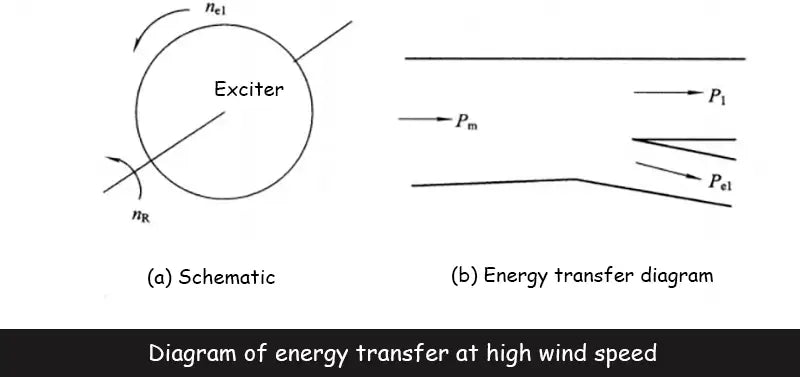
4. Advantages and disadvantages of brushless doubly-fed asynchronous generator
(1) Due to the absence of slip rings and brushes, the accident rate of the brush doubly-fed asynchronous generator is small, and it is safer and more reliable.
(2) When running at high wind speed, the exciter of the brushed double-fed asynchronous generator can feed electric power to the power supply through the frequency converter, except that the main generator of the brushed double-fed asynchronous generator sends electric power to the grid.
(3) The brush double-fed asynchronous generator adopts two asynchronous generators, and the structural size of the entire motor system increases, which will lead to an increase in the structural size and mass of the wind turbine cabin.
Read more: Introduction of low-speed alternators


